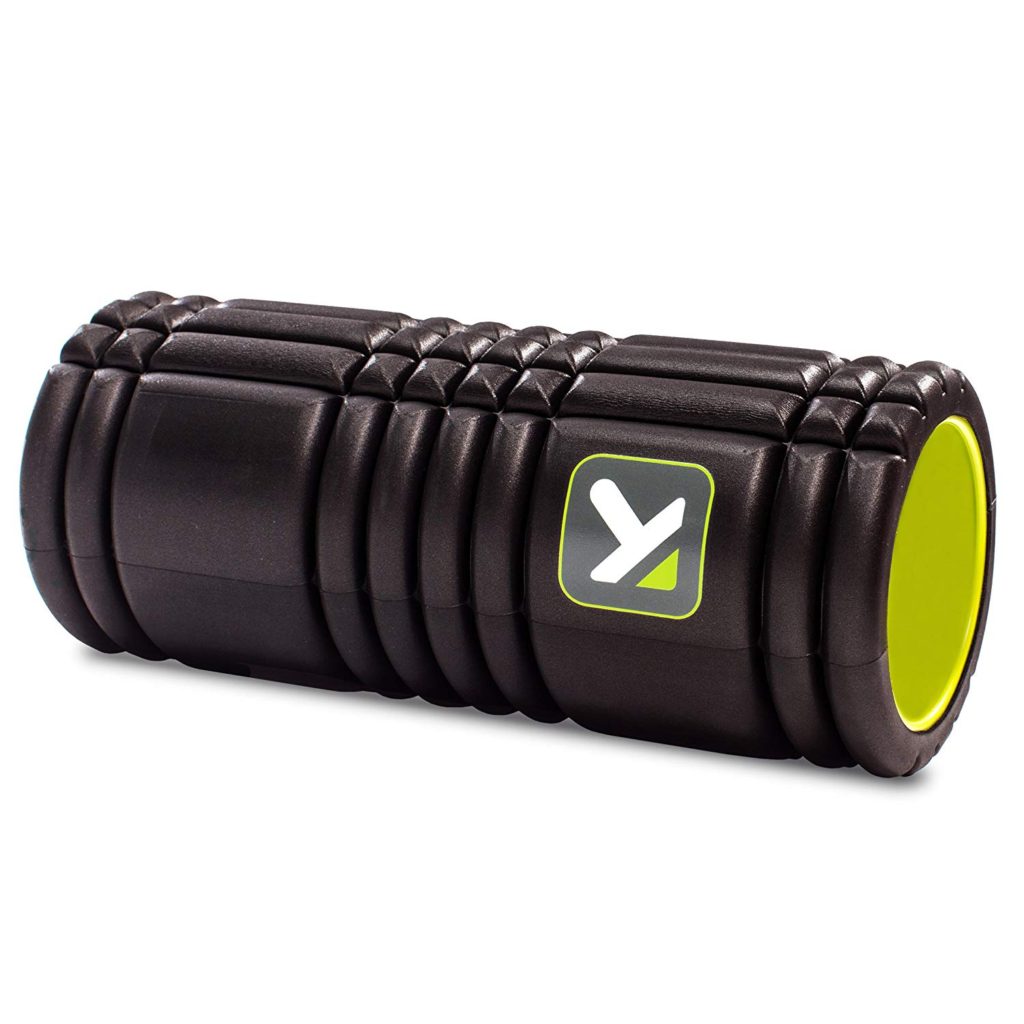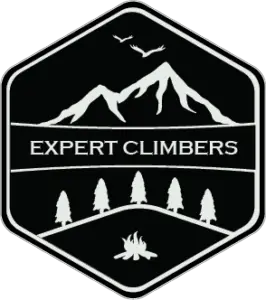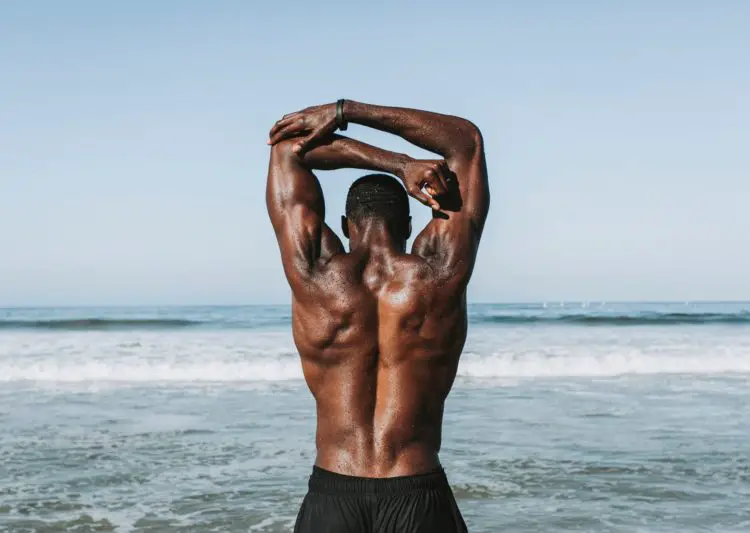Climbers aren’t the only ones that can wind up with a hunchback much like the famed Quasimodo from the Hunchback of Notre Dame. Sitting for too long without proper support to your back can also do it, you know, when you’re at the office putting in long hours in front of your computer while dreaming of your next adventure.
Out on the rock or even the climbing wall, you’d think all that exercise pulling your muscles would be enough to keep you fit and posture-perfect. The thing is though, while those pull-muscles are getting all the exercise, the muscles that are designed for pushing, particularly your pecs, shoulders, and upper arms, are being neglected.
Over time, this leaves you vulnerable to overdeveloped back muscles, which can create that Quasimodo-style hump because your push muscles are out of balance with the pull ones.
We hope this article will help climbers like you avoid the dreaded hunchback and keep your posture strong and healthy. We must insist though that you read this important note:
This is not meant to replace medical advice. Before doing any of these techniques, check first with your doctor, physical therapist, or your personal trainer to be sure you’re executing these with the best form. Stop immediately if exercise feels painful and speak to a professional as soon as possible. When you train smart, you can recover smart.
Now, let’s move on to finding ways to solve that climber’s hunch!
The simple solution to avoid hunchback as a climber
Climber’s hunch is more common than you think. And good news… so is the solution! A training regimen with self-massage, stretching, and strength training can be incredibly helpful. What we’re proposing is an exercise program that follows below. This is going to help you significantly if your neck is already in a forward posture position.
Even if you don’t have any hunchback signs, you can use these exercises to prevent them and keep your posture aligned properly.
We recommend releasing the fascia that surrounds your tight muscles with a lacrosse ball or something similar. Then you should get right down to it with our strengthening exercises. These will help support the musculature of your neck and upper back. After finishing your workout, you should stretch again to get that blood flowing and boost your rate of recovery.
Chest Stretching
The following exercise will stretch your chest and help create balance to prevent hunchback.
Upward Dog
A popular yoga pose, this one opens up the chest, lengthening those pectorals. To best get into position, lie down flat on your stomach. Press the tops of your feet into the floor. Then, lift your thighs and kneecaps. Hands should be next to your rib cage with the fingers spread out wide. Keep your fingertips just below the line of your chest.
Now, press your hands and push away from the ground. Squeeze those elbows to your side and roll your shoulder blades down, down, down and back while gazing forward. Pull your lower belly into your spine. Inhale, and push up with your hands to lift your torso and hips up from the mat. As you lengthen your neck, tuck your chin ever-so-slightly. Engage your core and let your chest open while your back is slightly bent. Hold it for 5 to 10 seconds. Repeat after a brief rest between each stretch.
For some of you, this pose might be too hard on the lower back. If so, try to get into the sphinx pose. This is where your hips and thighs stay grounded on the floor. Don’t push up with your hands, but instead, use your forearms, locking them precisely under your shoulders. Even with this slight modification, you’ll get a great stretch you’ll feel all across your chest.
Chest Strengthening
Once you’ve stretched your chest, it’s time to strengthen it with some of the best bodyweight exercises out there.
Plank
This one starts off easy enough, on your hands and knees. But the key is in your technique. Make sure those wrists are directly underneath your shoulders. Take a deep breath to inhale and as you do, spread your fingers apart while pressing your palms firmly onto your mat.
Now think of your toes, tucking them while lifting your heels and stepping back with each leg as you exhale. Shift your gaze down to focus on the area between your hands. This will help keep your body in one beautifully-straight line from the top of your head on down to the soles of your feet.
To really make plank position work for you, lift the back of your thighs, so they feel like they’re parallel to the ceiling. Focus on your core, and engage it to contract your abdomen. To avoid hyper-extension, micro-bend your elbows.
Don’t hunch! It’s so easy to fall back into old habits. Make sure you keep your shoulder blades back and down to your rib cage rather than hunching your shoulders near your ears. If you have sore wrists or tender joints, you can use your forearms to balance with instead. Just be sure to keep your elbows directly below your shoulders and that they are shoulder with apart. Pres it all into the mat and enjoy the deep stretch. Hold it as long as you can, then repeat after a brief rest. It also helps to increase the duration of this pose every few days, even if by just a few seconds.
Downward Dog
This yoga pose is fantastic for strengthening. Like the Plank, you’ll get on your hands and knees. Put your hands in front of your shoulders, then push them into the ground with intent and focus. Spread your fingers apart as you do and feel every ripple of movement. Push your hands away with force off the ground, using your forearms to protect your wrists as you push up into the plank position. Again, it’s important as in the plank position to keep your wrists lined up with your shoulders. Take a deep breath to inhale, then exhale, and as you do, lift your hips up to bend about midway through your body. Slowly, gently straighten your legs by pushing your heels down to the mat.
Don’t worry if you have tight hamstrings. You may feel you look awkward, but the more you practice this pose, the more flexible you will become. You can still get the benefits of Downward Dog even if you keep your knees bent. Your focus here isn’t your legs but rather on lengthening your spine. After all, your goal is to keep from rounding your back. Pull your shoulders out of a hunched position by keeping them away from your ears and rolling them down your back.
Stay in this position for 15 to 30 seconds. As you do, continue to rotate your upper arms by rolling your shoulders toward the outside with elbows turning inward. By doing this, it helps you keep your shoulders from snuggling up to your ears to smooth out your back while strengthening your chest.
Self-massage before climbing
In addition to proper exercises to battle the hunch, you can engage in some self-massage both before and after climbing. A foam roller and a lacrosse ball can really help to tackle tight areas in your upper back. Using these items can help make all the difference in preventing hunchback as well as getting you primed for your climb.

Foam Roller Mobilizations – Thoracic Spine
When you’ve been climbing aggressively for some time, you tend to get stiff in the upper portions of your body, particularly your upper back, shoulders, and chest. When that happens, these muscles pull the spine forward and keep it from effectively rotating. When you use a foam roller, you can reduce this occurrence and promote more efficient movement in your upper back. I use this one by TriggerPoint (Check out the current price on Amazon) on an almost daily basis on my back and legs and it’s showing very little signs of wear on it, it’s also keeping its shape as I haven’t noticed any difference in the foam. A friend actually recommended it to me, he simply couldn’t shut up about it, so I thought. Euh! Why not. All in all, it’s
Take your foam roller and place it horizontally to your body. Lie on top of it, so it comes across your mid-back. Interlock your fingers and cradle the back of your head while rounding your back. Your buttocks should be touching the floor. Now, go into a slow roll up and down, moving only about 4 to 5 inches several times in a row.
Then, flex your spine for a lateral motion. You’ll do this by bringing your left shoulder toward your left hip. Flex next to the right to bring your right shoulder toward your right hip. You should feel warmth and friction in the area. Do this several times, remembering to inhale through your nose.
Crunch so that you extend backward over the edge of the foam roller, exhaling from your mouth. Be sure to relax your body completely as you move over the roller and you will feel your vertebrae adjust. Once you do a few of these crunches, you can adjust the foam roller to be one inch higher on your back and repeat the process. By the time you get to the top of your back, you should feel great!
Body awareness – Know your limitations
As mentioned, climbers aren’t the only ones who could do with improving posture, though with the vigorous motions climbing puts you through, you are much more susceptible for hunching. Especially if you work a desk job the rest of the time.
That’s why developing awareness of your body is very important to help you improve posture. No matter what you’re doing, whether you’re trying not to fall asleep while your boss drones on in a meeting, barbecuing out in the yard, driving in rush hour traffic, or even mid-climb, check in on yourself in the following main locations of your body.
– Head
For the love of everything, when you look at your smartphone, hold it up, so you’re not tilting your chin down. That position of tilting your chin down makes your whole spine go out of sorts. Make sure to keep chin parallel to the floor as often as you can.
– Upper back/shoulders
If you notice your shoulders are rounding forward and your back is hunched, perhaps while waiting in line to pay for your groceries even, take a moment to draw your shoulders back and roll them down. Broaden your chest and help elongate your spine.
– Hips
You’re not Elvis, so watch your pelvis! Keep it in a neutral position. If you tilt it too much, you can arch your lower back and round it out. Keep your core muscles engaged, and when standing, try to distribute your weight evenly with both legs.
Again, the hunchback is not exclusive to climbers, but if you spend a lot of time climbing plus doing other regular activities that everyone else does that lead to hunching, you have a greater chance of the dreaded hunchback. Watch what you’re doing when you’re driving, sitting at your desk, and how you look at your phone.
If you want to enjoy better health and keep your posture, doing these easy exercises can make all the difference. Plus, they feel great. Who doesn’t love a release of tension? With a bit of practice, you’ll find them easier and easier and notice a major improvement in your muscles and spine.
Conclusion
A hunchback isn’t attractive to anyone. Taking steps to prevent it or improve it if you are starting to show signs can make a major impact on the way you look and feel. When you’re not climbing, make time to exercise. Focus on those muscles that are neglected during climbing.
No one says you need to bench press the heaviest weights, but do take care to engage these other muscles that don’t get used as often during climbing. Do the stretches we mentioned to keep these areas flexible and relaxed. And don’t forget massage! That’s so good for your whole body, including circulation too.
Keep your body healthy and limber, and you’ll get to enjoy climbing for many years to come!

